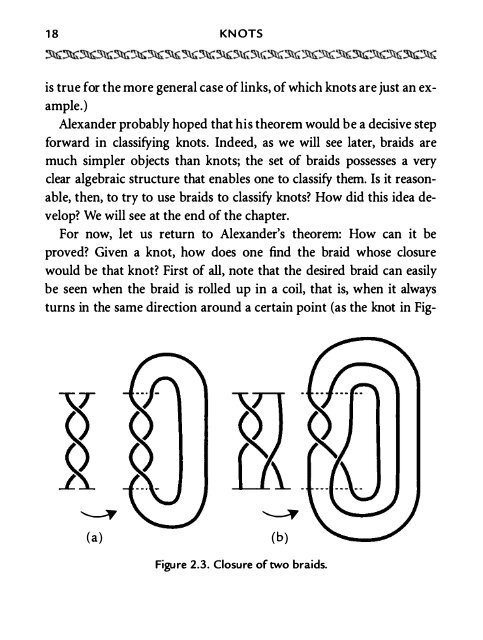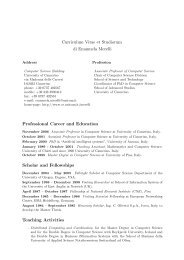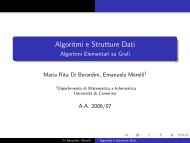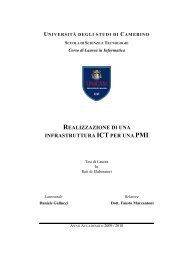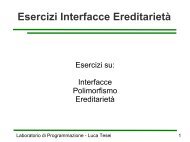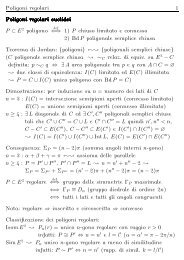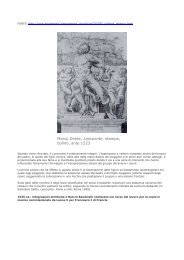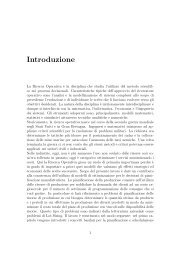Sossinsky:Knots. Mathematics with a twist.pdf - English
Sossinsky:Knots. Mathematics with a twist.pdf - English
Sossinsky:Knots. Mathematics with a twist.pdf - English
Create successful ePaper yourself
Turn your PDF publications into a flip-book with our unique Google optimized e-Paper software.
18 KNOTS<br />
is true for the more general case of Iinks, of which knots are just an exampIe.)<br />
Alexander probably hoped that his theorem would be a decisive step<br />
forward in classifying knots. Indeed, as we will see Iater, braids are<br />
much simpier objects than knots; the set of braids possesses a very<br />
clear algebraic structure that enabies one to classify them. Is it reasonabIe,<br />
then, to try to use braids to classify knots? How did this idea develop?<br />
We will see at the end of the chapter.<br />
For now, Iet us return to Alexander's theorem: How can it be<br />
proved? Given a knot, how does one find the braid whose closure<br />
would be that knot? First of all, note that the desired braid can easily<br />
be seen when the braid is rolled up in a coil, that is, when it aIways<br />
turns in the same direction around a certain point (as the knot in Fig-<br />
<br />
(a)<br />
<br />
(b)<br />
Figure 2.3. Closure of two braids.


